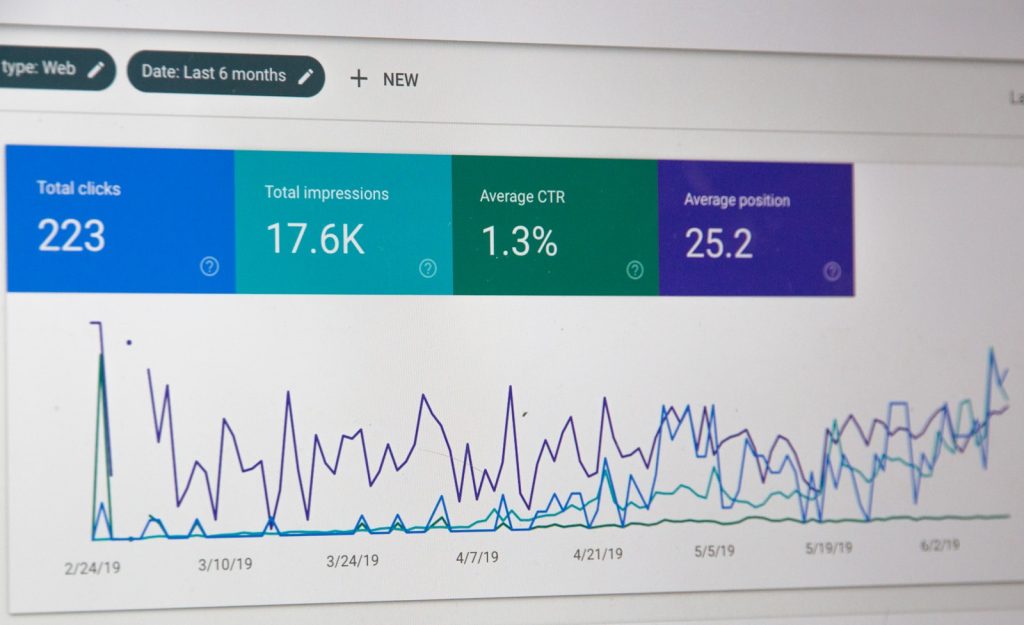Product of the week

Turning Readers into Raving Fans: A Practical Guide to Content Marketing Success
In today’s digital landscape, content is king. But simply creating content isn’t enough. To truly succeed, you need a well-defined content marketing strategy that focuses on creating engaging content that converts. This post provides a practical roadmap for developing such a strategy, outlining the key steps to attract, engage, and convert your target audience. We’ll explore the essential elements of a successful content plan, moving beyond just creation to actual results.
Here are five core components of an effective content marketing strategy:
Let’s delve into these essential elements. Understanding your target audience is the foundation of any successful content marketing strategy. Create detailed buyer personas to represent your ideal customers. What are their demographics, interests, and online behavior? Where do they spend their time online? What are their biggest challenges? The more you know about your audience, the better you can tailor your content to their needs.
Setting clear goals is crucial for measuring the success of your content marketing efforts. What do you want to achieve? Do you want to increase brand awareness, generate leads, drive website traffic, or boost sales? Define specific, measurable, achievable, relevant, and time-bound (SMART) goals to track your progress and ensure your content marketing efforts are aligned with your overall business objectives.
Developing a content calendar is essential for maintaining consistency and a steady flow of valuable information. Plan and schedule your content in advance, considering your target audience’s interests, upcoming events, and seasonal trends. A content calendar helps you stay organized and ensures that you’re consistently delivering valuable content to your audience.
Creating high-quality content is the heart of content marketing. Focus on creating engaging, informative, and valuable content that resonates with your target audience. Think about the different formats you can use, such as blog posts, articles, videos, infographics, ebooks, and podcasts. Experiment with different formats to see what resonates best with your audience. Prioritize providing real value to your audience. Address their pain points, answer their questions, and offer actionable advice.
Finally, promoting and distributing your content is just as important as creating it. Don’t just create content and let it sit there. Actively promote and distribute it through various channels, such as social media, email marketing, search engine optimization (SEO), and paid advertising. Share your content on relevant platforms where your target audience is active. Engage with your audience on social media and respond to their comments and questions. Use SEO to optimize your content for search engines and drive organic traffic to your website.
A successful content marketing strategy requires careful planning, consistent execution, and ongoing analysis. By defining your target audience, setting clear goals, developing a content calendar, creating high-quality content, and actively promoting and distributing it, you can attract, engage, and convert your target audience, ultimately driving business growth.
